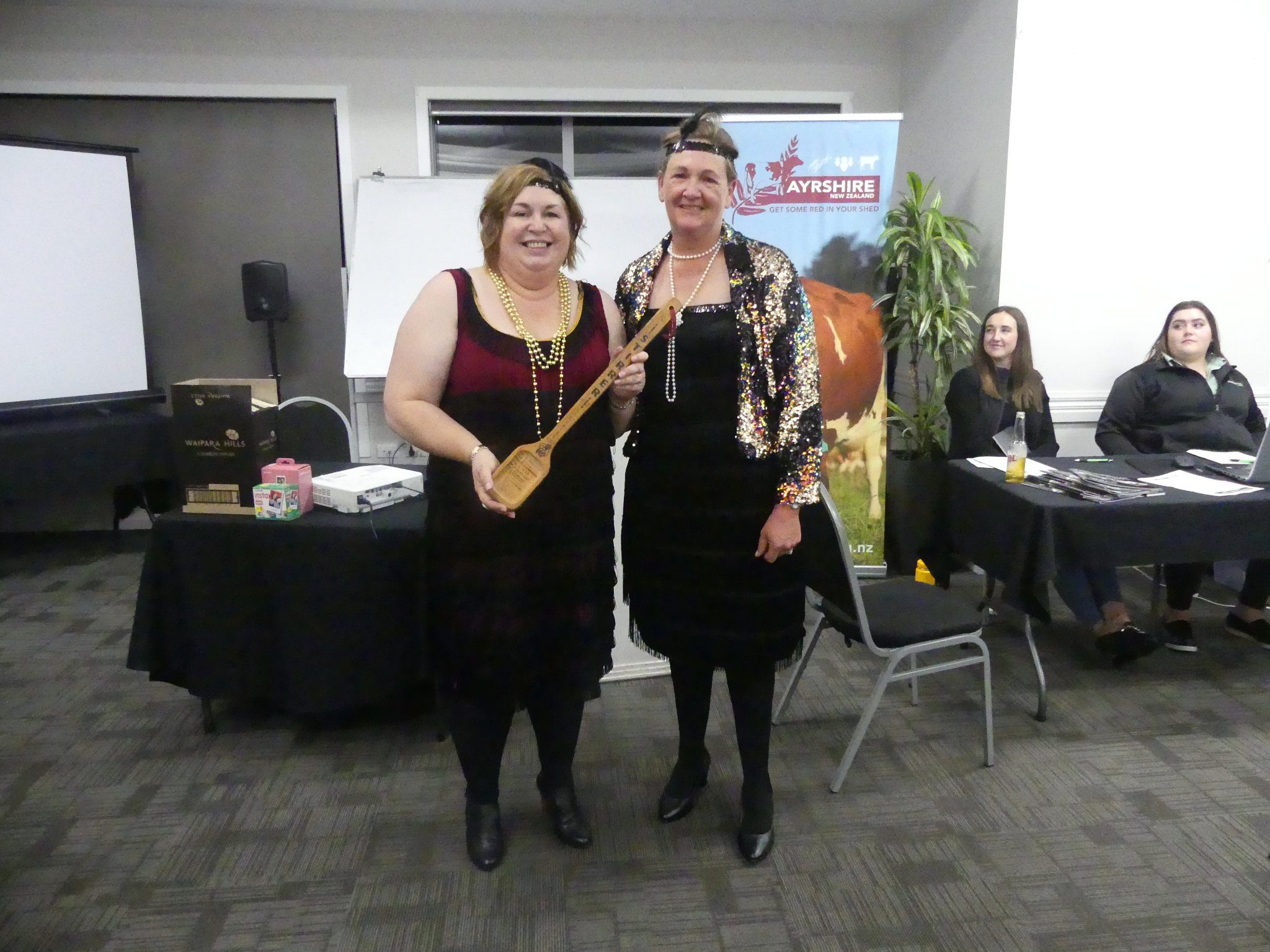Become a Member Today!
Ayrshire New Zealand is proud to be an innovative and progressive Association, with a clear vision for the future of the breed, committed to maximising the rate of genetic gain of the breed. Find out more about what we have to offer!

The Office
The offices of Ayrshire New Zealand are located in Hamilton. All administration is undertaken by Jersey NZ under a memorandum of understanding. The office is staffed Monday to Friday. Members are always welcome to call at the office.
Ayrshire New Zealand will develop, promote and maintain the Ayrshire breed as a credible option for New Zealand dairy farmers.
To remain a viable option among all breeds, under the NZ payment system.
Become a Member Today!
Ayrshire New Zealand is proud to be an innovative and progressive Association, with a clear vision for the future of the breed, committed to maximising the rate of genetic gain of the breed. Find out more about what we have to offer!
History
The Ayrshire breed originated in Scotland prior to 1800 when different strains of native cattle were crossed with other breeds. Most of these first cattle were black, but the browns and mottled colours started to appear by 1775. The improvement of the native stock began about 1750 with the crossing of such cattle as Teeswater. Early breeders carefully crossed and selected various strains of cattle to develop what we now know as the Ayrshire, an efficient grazer noted for her vigour and efficiency of milk production. She is especially noted for the quality and shape of her udder, and the high quality, easily digestible milk she produces.
The first Ayrshire arrived in New Zealand in 1848, and in 1998 Ayrshire New Zealand celebrated 150 years since the first landing at Otago. This first Ayrshire was a bull named ‘Rob Roy’ who was loaded onto the immigrant ship ‘Philip Lainge’ in Glasgow arriving in Otago in April 1848 carrying the main body of the first Scottish settlers to New Zealand and founding the settlement of Dunedin. The first cow arrived the following year.
Ayrshire New Zealand was founded in 1909 in Palmerston North. The first Herd Book (a record of all registered pedigree Ayrshires by year) was published in 1910 and the first magazine in 1937. Ayrshire New Zealand celebrated it’s Centenary in 2009.
Dairy Farming in New Zealand
Over 90% of the New Zealand dairy industry is based on seasonal totally grass fed production. Whole herds are calved in spring and dried off at the beginning of winter. New Zealand’s herds average around 230 days in milk.
The average herd size in 1998 was 220 cows with herds of over 500 becoming common and an increasing number of farms milking over 1000 cows. As a result cows can have intensive grazing competition as well as long distances to walk each milking to and from the dairy. Because of these factors the average production yields of New Zealand dairy cows are generally lower than in countries where the feeding of meal and concentrates as well as year round milking is the normal practice.
For New Zealand dairy farmers the production yields are offset by lower farm input costs, the main focus being the grazing of sufficient, good quality grass. Farm profit is often measured by EFS (Effective Farm Surplus), the dollar profit per hectare after farm costs have been paid. Milk payments are by a system of A + B – C per kilogram, fat + protein less a per litre deduction for volume to reflect cartage and manufacturing costs related to the handling of bulk milk.
The ideal dairy cow for this scenario has a 12-month calving interval, strong constitution, is a good forager, has good legs and a well-attached udder. The Ayrshire has these attributes and is performing well on many New Zealand farms. We must strive for continual improvement in production as well as other traits. We are a minority breed of 108,000 Ayrshire and Ayrshire cross in a dairy population of over 3 million, and the 3rd largest of 6 dairy breeds represented in New Zealand so the potential for growth is enormous but we must perform to achieve our potential.
A major benefit for New Zealand Ayrshires is having the highest percentage of cows 10 years of age and over of total cows herd-tested among the three major breeds. This is likely to advantage the breed with the adjustments to the Animal Evaluation system to place more emphasis on survivability, increasing the relevance to farmers and the dairy industry of TOP (Traits Other than Production) assessments of dairy cows carried out by the three main dairy breed societies in New Zealand across all 6 breeds.
